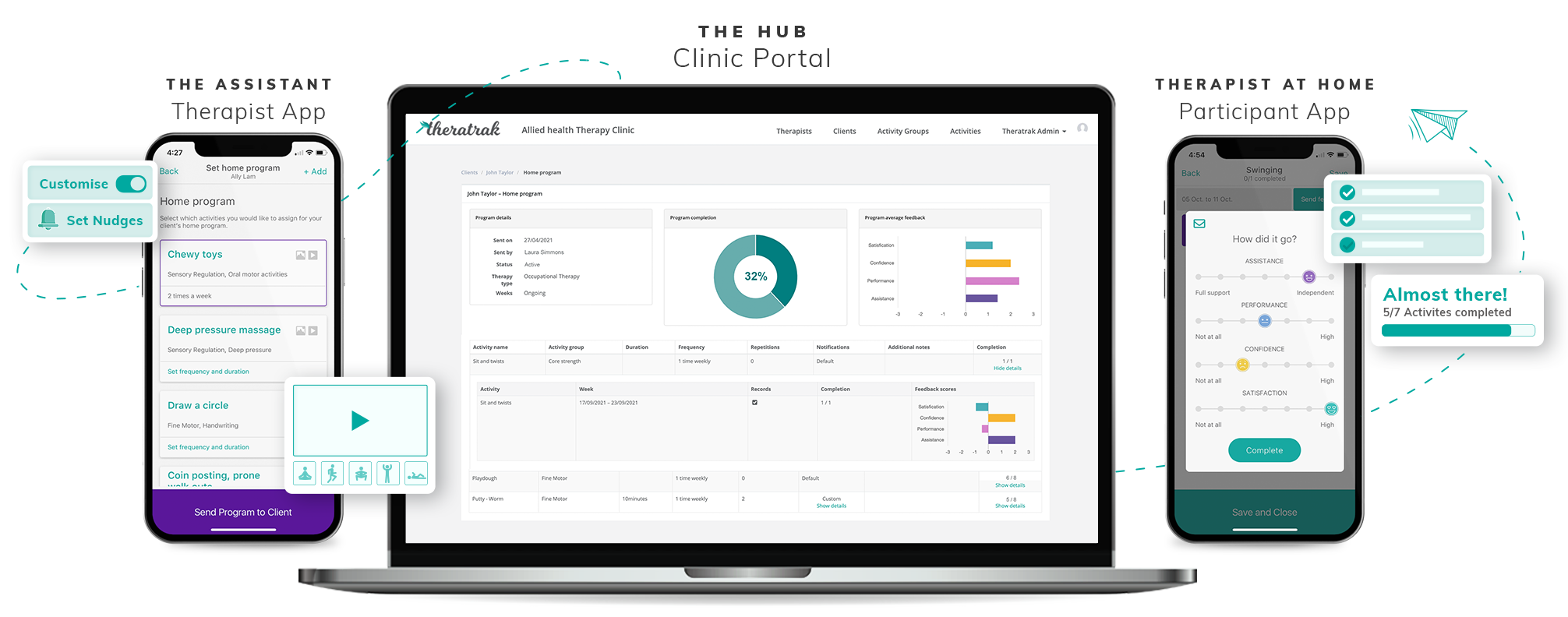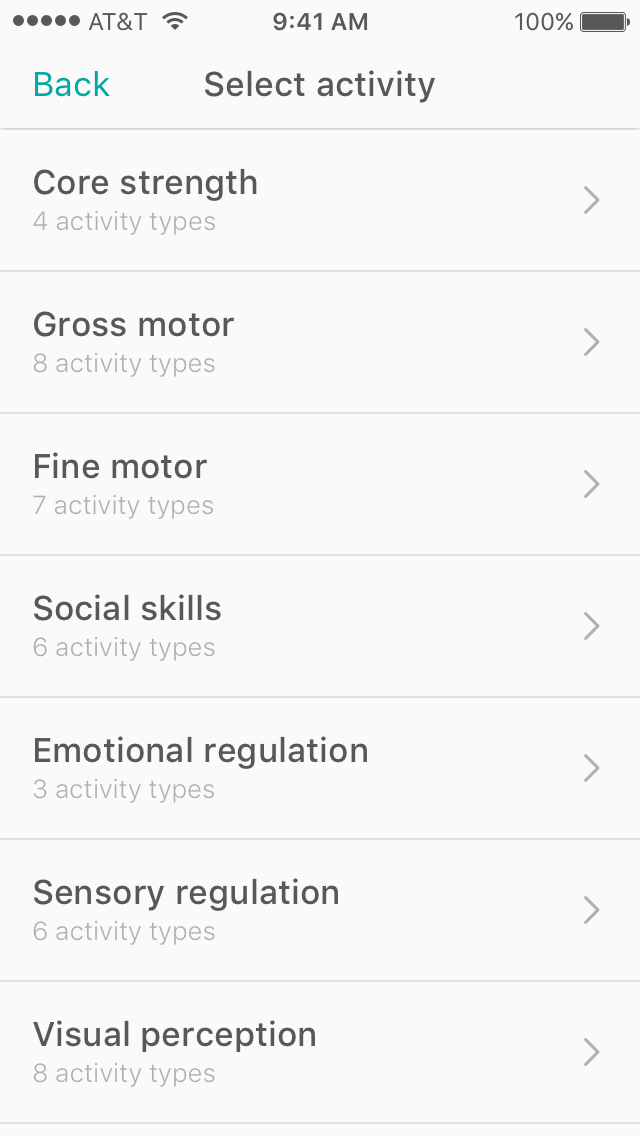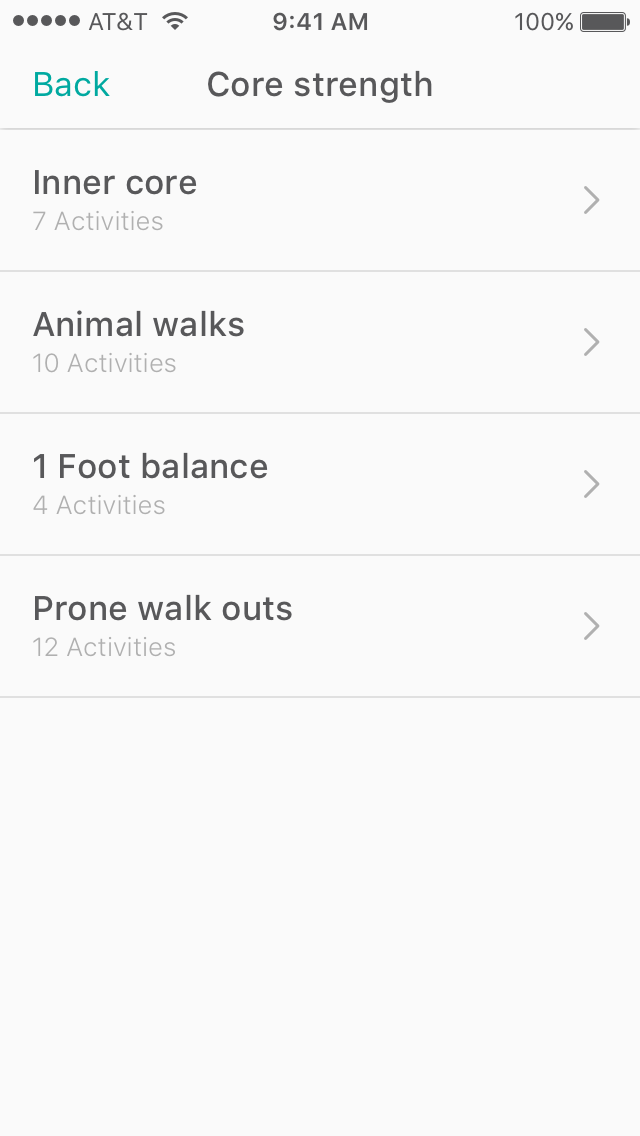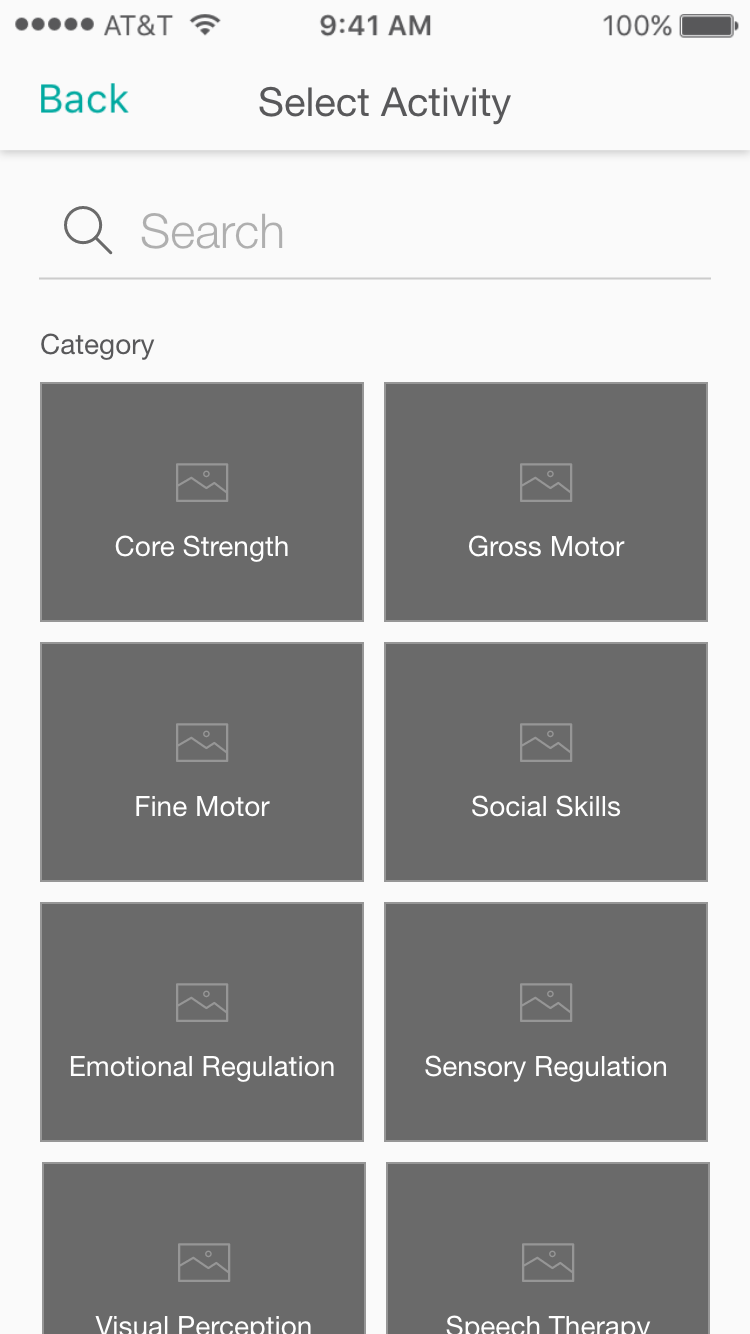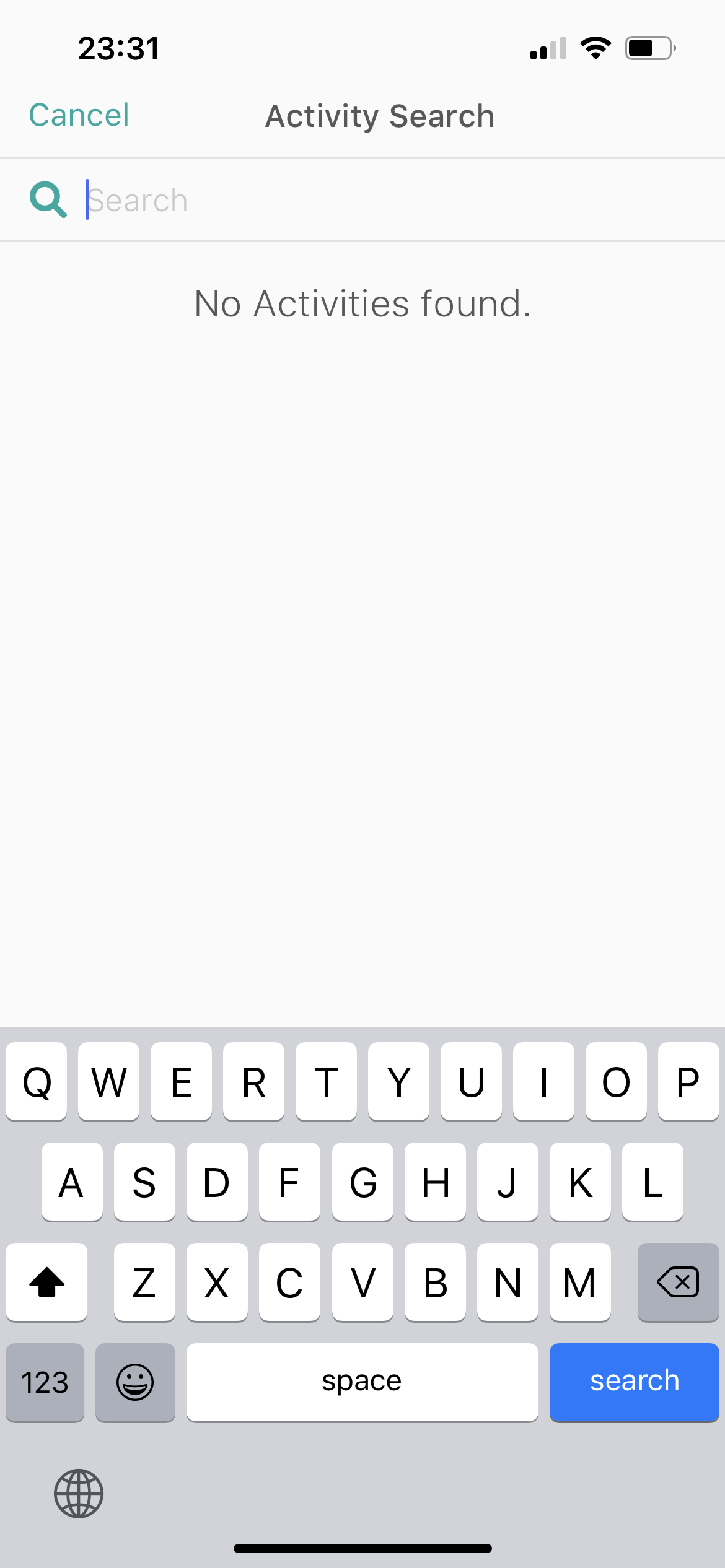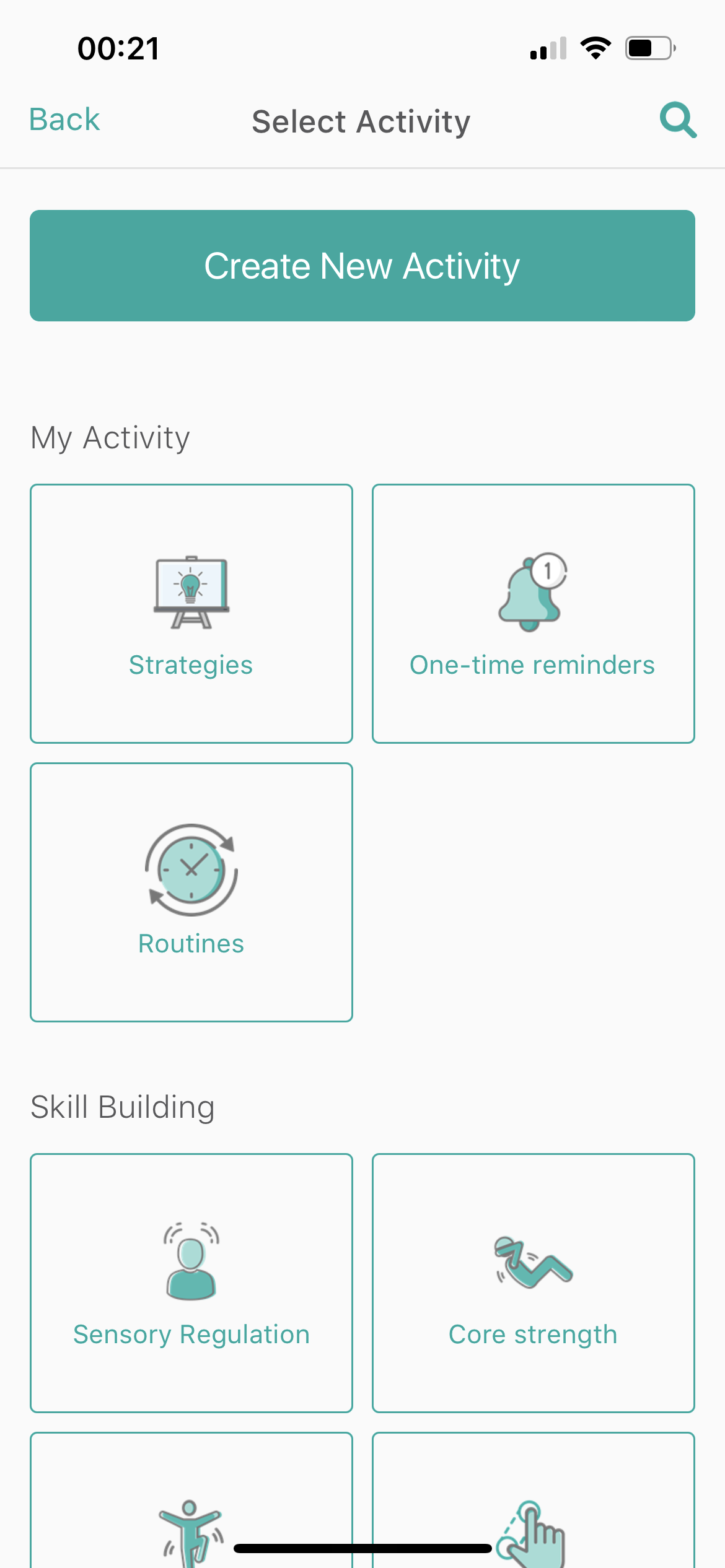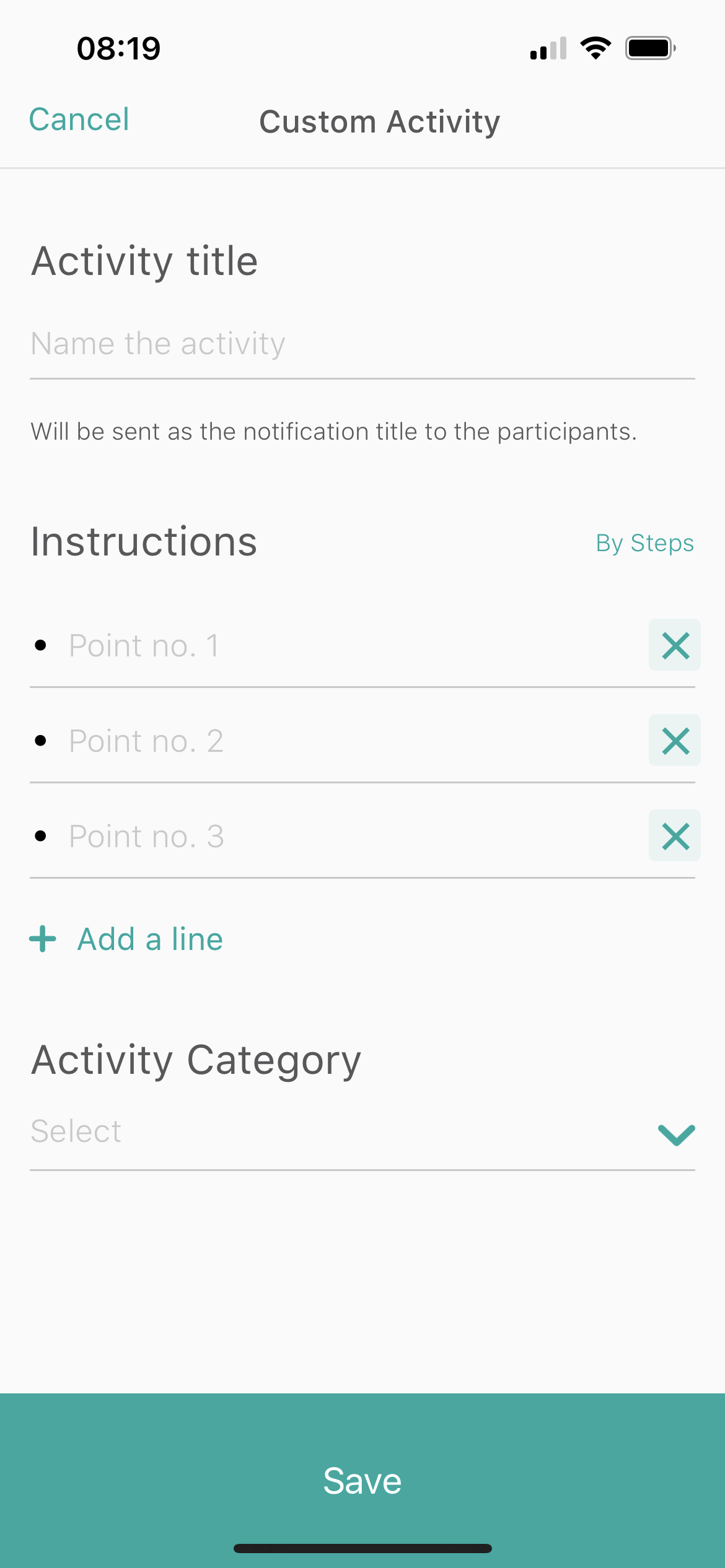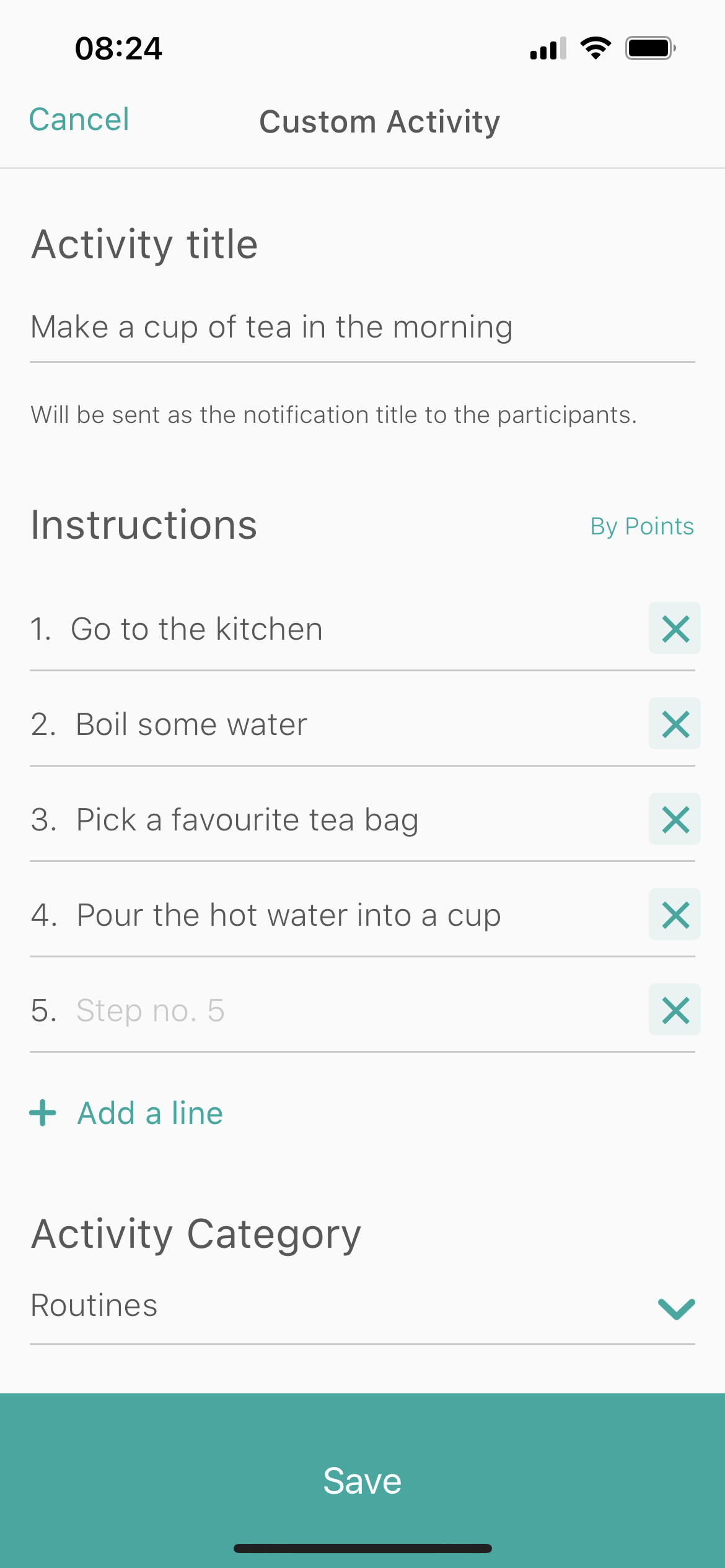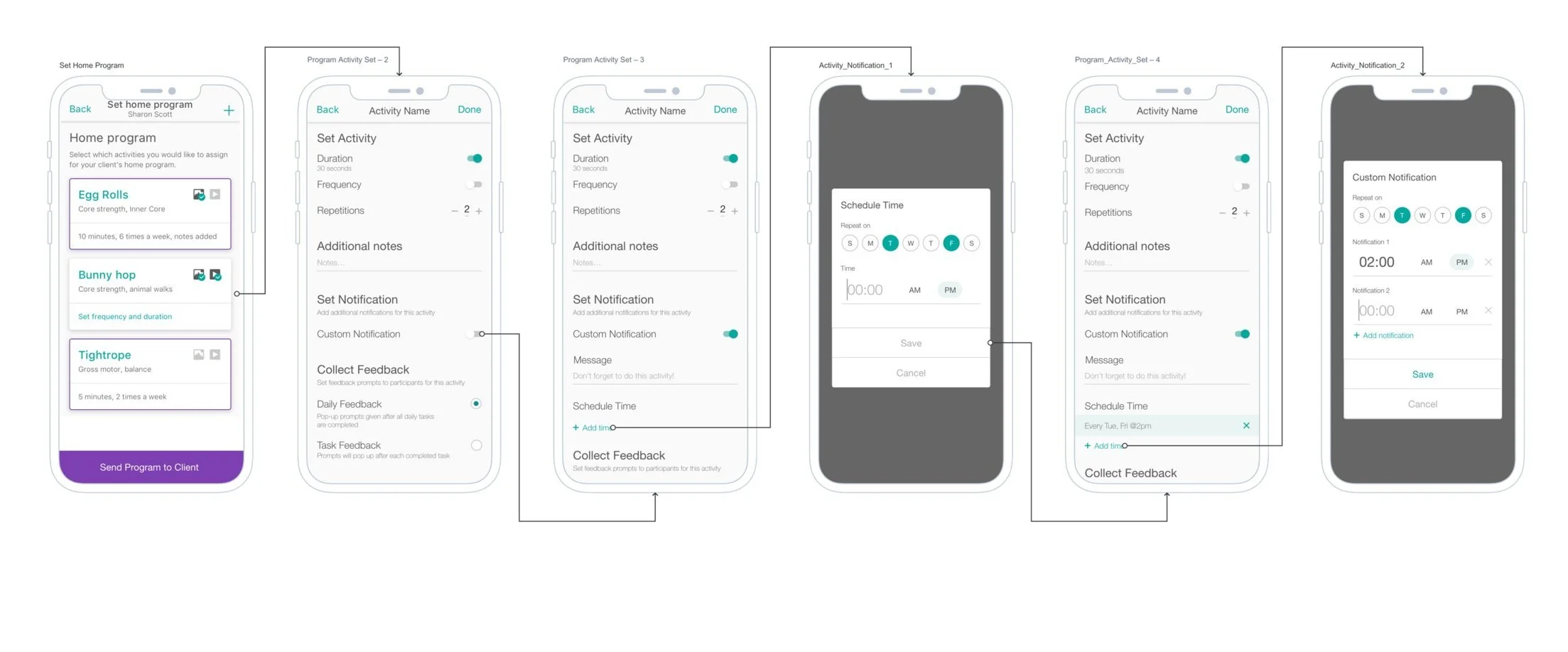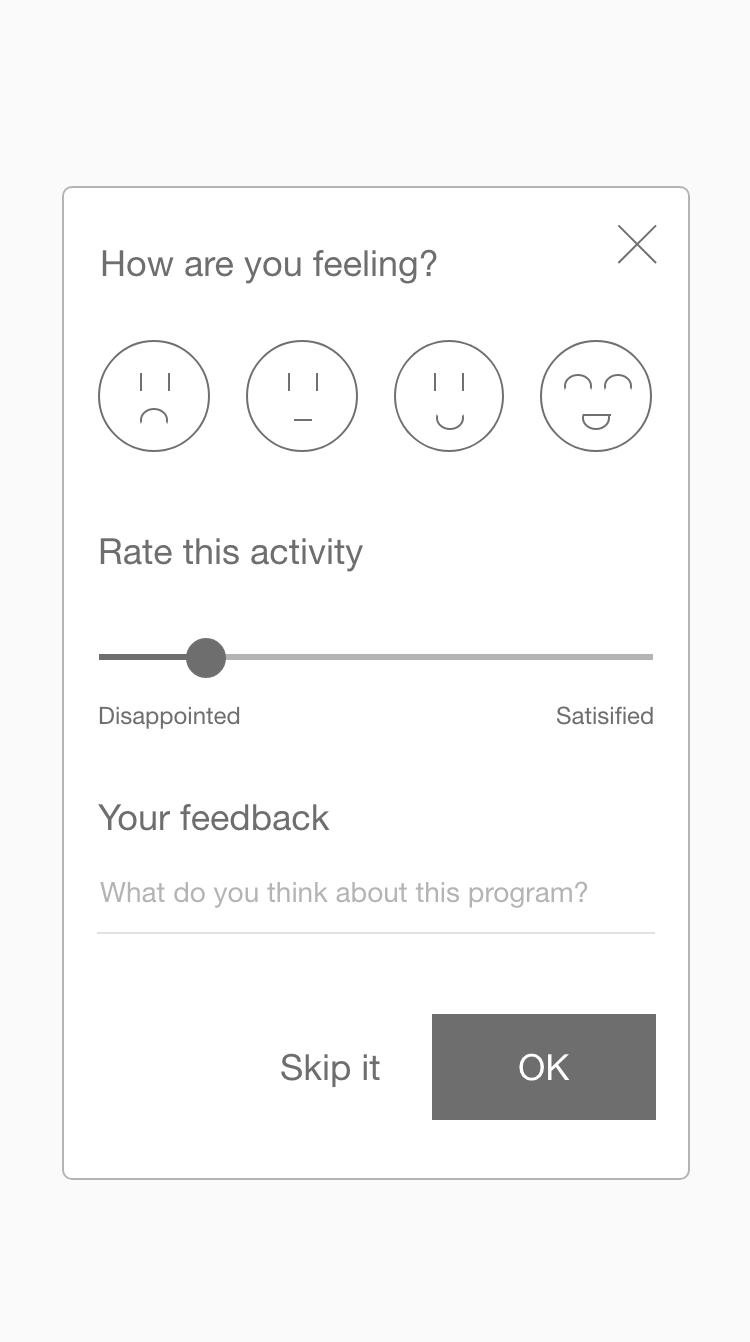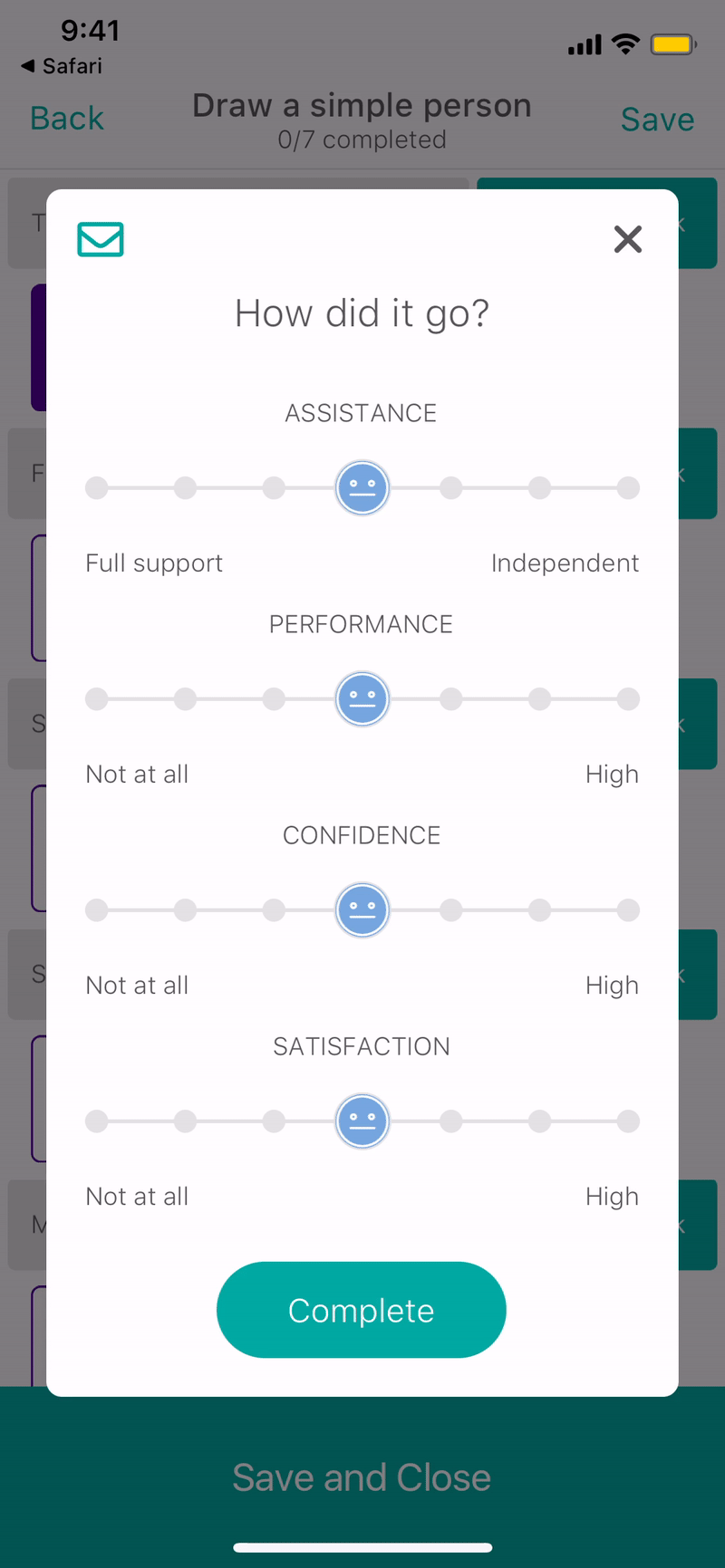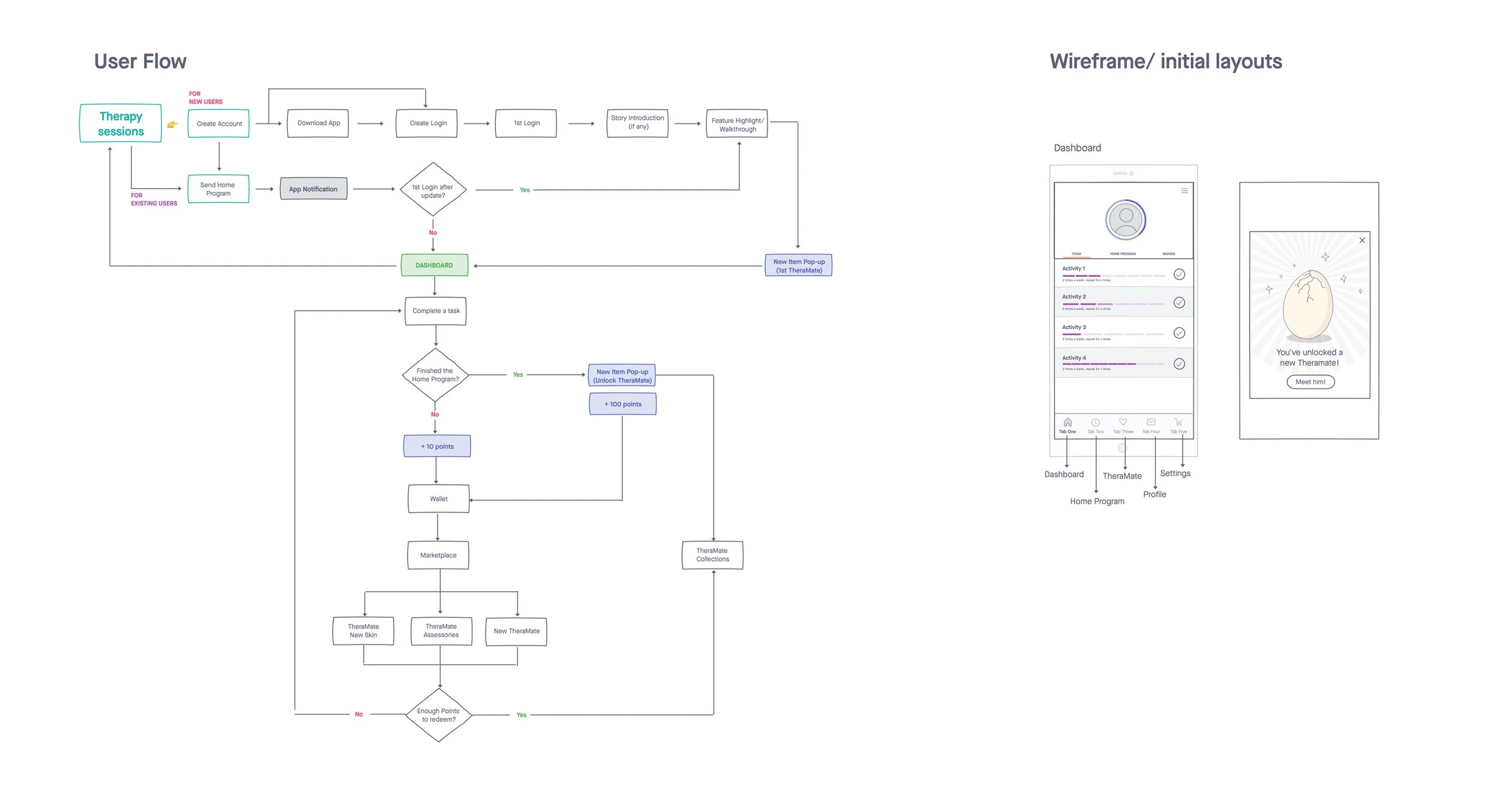
Theratrak
Extend the Impact of Therapy Session
Overview
Since the MVP build, Theratrak has been growing and looking to expand the platform to not only pediatric occupational therapy but also multiple therapy types. The platform is helping both therapists and participants to stay on track with home programs even outside of the therapy sessions. I joined the founding team as a UXUI designer to work with the founder, stakeholders and developers for the next product release.
Background
Theratrak is a digital health startup based in Australia and provides a digital solution that enables allied health professionals to work collaboratively to prescribe, track and monitor custom therapy programs. It also empowers the participants to track activities and share information to the therapist for review in the next session.
The Therapist App
Designed to be a tool that therapists can use in therapy sessions. They can create custom therapy home programs by accessing the library of activities on Theratrak, set activity details and instructions for the participants.
The Clinic Portal
The central hub that consolidates all data where the therapist can manage their team accounts, track participants’ progress and create custom activities within their organisation.
The Participant App
A ‘Virtual Home Therapist’ that participants can access anywhere and anytime. Empowering the participants to connect with their therapist outside of the therapy sessions.
The Problem
As the number of children being diagnosed with disabilities is increasing, it burns out 40% of pediatric clinician in Australia. Theratrak has been supporting these children and their families by bridging the gap between therapy sessions with digital technology. The platform has over 200 pre-loaded early intervention activities for therapists to prescribe home programs and the participants can keep tracking of the progress through the app.
Since the MVP launched, the team has collected some feedback from the therapists and was looking to expand and improve its features on its web portal as well as the mobile apps for the next release. After consolidating the insights, there were 2 main problems that they wanted to solve:
Lack of customisation. Therapists sometimes cannot find the right activity from the library and would like to create activities custom for the participant.
No Feedback from Participants. Other than tracking the activities of the home program, participants couldn’t give any feedback about the performance which would be important and valuable to the therapist for their ongoing treatment.
Designing the Solutions
As therapists reflected that they often couldn’t find the activity they wanted in the library, we have done some user testing by the Thinking Aloud method. Asking them to simply verbalise their thoughts when they prescribe the activities through the app’s interface and we found the following pain points:
Pain points #1: Theratrak has a huge database of prescribed activities preloaded. However, they are “stressed within the therapy session” and sometimes find it difficult to locate the activities when they access the database.
Pain points #2: Theratrak enables therapists to create custom therapy home programs. Therapists currently think it’s not personalised enough, and wanted more “ways to educate parents through the app”.
Finding/Creating the right activity
For better navigation, we have implemented a search function and iconise the categories for the activity group. The search could be beneficial to therapists who are frequent users and already know what activities to add. It helps them to shorten the time to create a home program. The iconised categories are more visibly recognisable as the first level of activity.
Low fidelity prototype
High fidelity prototype
Activate the search in full screen
Searching for activity’s name
Searching for keywords in activity
Apart from the search, we’ve also enabled therapists to create new activities when they cannot find a suitable one for their participants. According to the therapist’s feedback, these activities usually are personalised tasks which fall into 3 categories. Strategies, Habit Building and Reminder. These 3 categories are only accessible by the creator and separated with the Skill Building categories which shared among all other therapists. When adding the custom activity, therapists can also add instructions by bullet points or by steps to specify the procedures for participants.
We’ve also enhanced the functionality in activity settings. Now therapists can access more detailed settings including the repetition of activity, customised in-app notifications and enable to collect feedback from participants.
Getting Feedback from Participants
With the MVP build, participants were only able to check off their activity and send email to their therapist through the app if it is necessary. Drafting and sending an email to therapist may be a barrier for the participant and at the same time, the therapists could be overwhelmed by tons of email and increase the administrative cost to extract meaningful information from the data.
Getting feedback is critical for better improvements.
Despite the limited resources in clinics, therapists insist that receiving feedback from participants is crucial for adjusting the program and ongoing treatments. For the next release, we consulted data analysts and therapists about what types of data should we collect and how should we present the data. We’ve run a number of design iterations to optimise the balance between user experience and data significancy. Eventually we’ve decided to ask participant to rate the activity in 4 aspects with a 7 points likert scale after completion.
Iteration #1
Iteration #2
Iteration #3
The final design
After collecting the feedback from participants, the data will be presented in the clinic portal where therapists can login and review for the next therapy session. It is important for Theratrak to start building a database with valuable information and develop technology interventions for people in need.
The clinic portal
What’s next?
Theratrak continues to strive for excellence in the digital health sector and looking to support the community not only in Australia but all around the world. The founder has laid out the roadmap of Theratrak with more functions and features that makes the home therapy program more accessible to everyone in need. More engaging experience will be developed to enhance the participants motivation on tracking activity as well as the capacity of the app to curate more therapy activity in the library.
Gamification coming soon
The team are now exploring to implement gamification on participant app in order to increase engagement and motivation of the users. For now the participant are only able to check off the activity, it serves the purpose of tracking but there aren’t much interactions and engaging content that could motivate the participants to return regularly. As such, we are researching the feasibility and how complex of the mechanism we want it to be. Hopefully the gamification will be launched by sprints in the coming and we can gather more data before moving forward.

